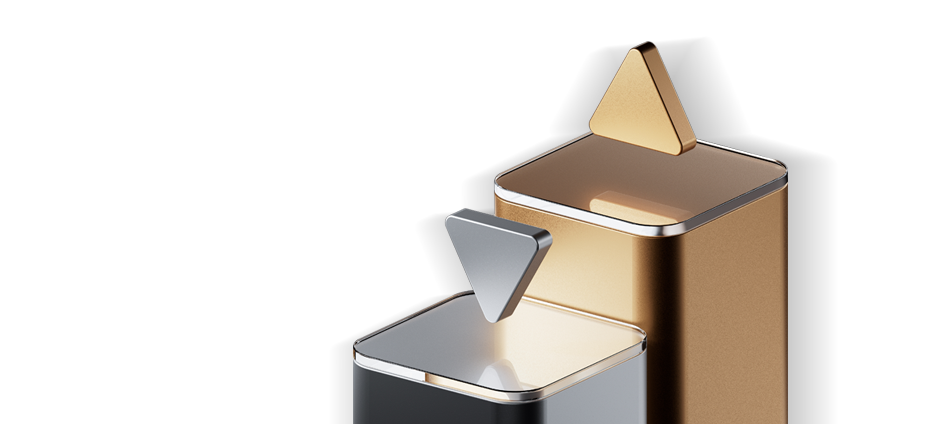Daily Investment Strategy
Daily focus:Prada’s(1913)
Prada’s revenue in the first half of 2025 was 2.74 billion euros, approximately 2% lower than market consensus; retail sales growth of Prada and Miu Miu brands were -3.6% and +40%, respectively, both below expectations. Gross margin reached 80.1%, better than the expected approximately 79.4%, mainly benefiting from a favorable sales channel mix. However, net profit only slightly increased by 1% to about 670 million euros due to sales decline and expenses related to the acquisition of Versace. The company expects the 2025 gross margin to remain around 80%, adjusted EBIT margin is expected to be around 23.5%, and investment in costs will be maintained to support sales growth. Future plans include expanding Miu Miu retail space by 10-12% annually. Overall, although short-term impacted by weak travel, the brand’s long-term growth potential and stable gross margin remain its core strengths.
Deterioration in the U.S. nonfarm payroll
The significant deterioration in the U.S. nonfarm payroll data, coupled with the dual blows from Trump's tariff policies and the weak U.S. employment market, are bringing unprecedented challenges to the global financial markets. The sharp deterioration in U.S. nonfarm payrolls in July, along with the substantial downward revisions to May and June employment data, not only reflect the impact of trade policy uncertainty on business confidence but also expose the fragility of U.S. economic growth momentum. The manufacturing sector has seen layoffs for three consecutive months, indicating that the tariff strategy has not stimulated domestic production as expected but has instead weakened the economic foundation. At the same time, China's manufacturing PMI slipped below the expansion threshold to 49.3, with export orders shrinking for four consecutive months, confirming the negative impact of global trade tensions on the real economy. The Federal Reserve is forced to reassess its monetary policy stance, with market expectations for a rate cut in September rising sharply to 80% reflecting policymakers' concerns about economic downside risks.
On Friday, the Hong Kong Stock Connect recorded a net inflow of HKD 12.2 billion, with the Tracker Fund of Hong Kong (2800) seeing the largest net inflow of HKD 3.7 billion, followed by the Hang Seng China Enterprises ETF (2828). Meanwhile, Cinda Biotech (1801) recorded the largest net outflow of HKD 400 million, followed by Alibaba (9988).
Leung Kai Tong is a SFC licensed person accredited to KGI Group to carry on regulated activities (for details, please refer to: https://apps.sfc.https://apps.sfc.hk/publicregWeb/indi/ADU276/details). He and/or his associate do not have any financial interest in the recommended issuer or new listing applicant.
The materials contained herein are provided by KGI Asia Limited ("KGI") for information only. While such materials are based on or derived from sources believed to be reliable, KGI makes no representation or warranty (express or implied) as to their accuracy or reliability. Neither the information nor the opinions expressed herein constitute, or are to be construed as, an offer or invitation or solicitation of an offer to buy or sell any securities or investments. KGI and its officers, employees, agents and affiliates may have interests in the securities or investments covered herein and accept no liability whatsoever for any loss or consequence whatsoever (whether direct or indirect) resulting from any use of or reliance by you on such materials.


